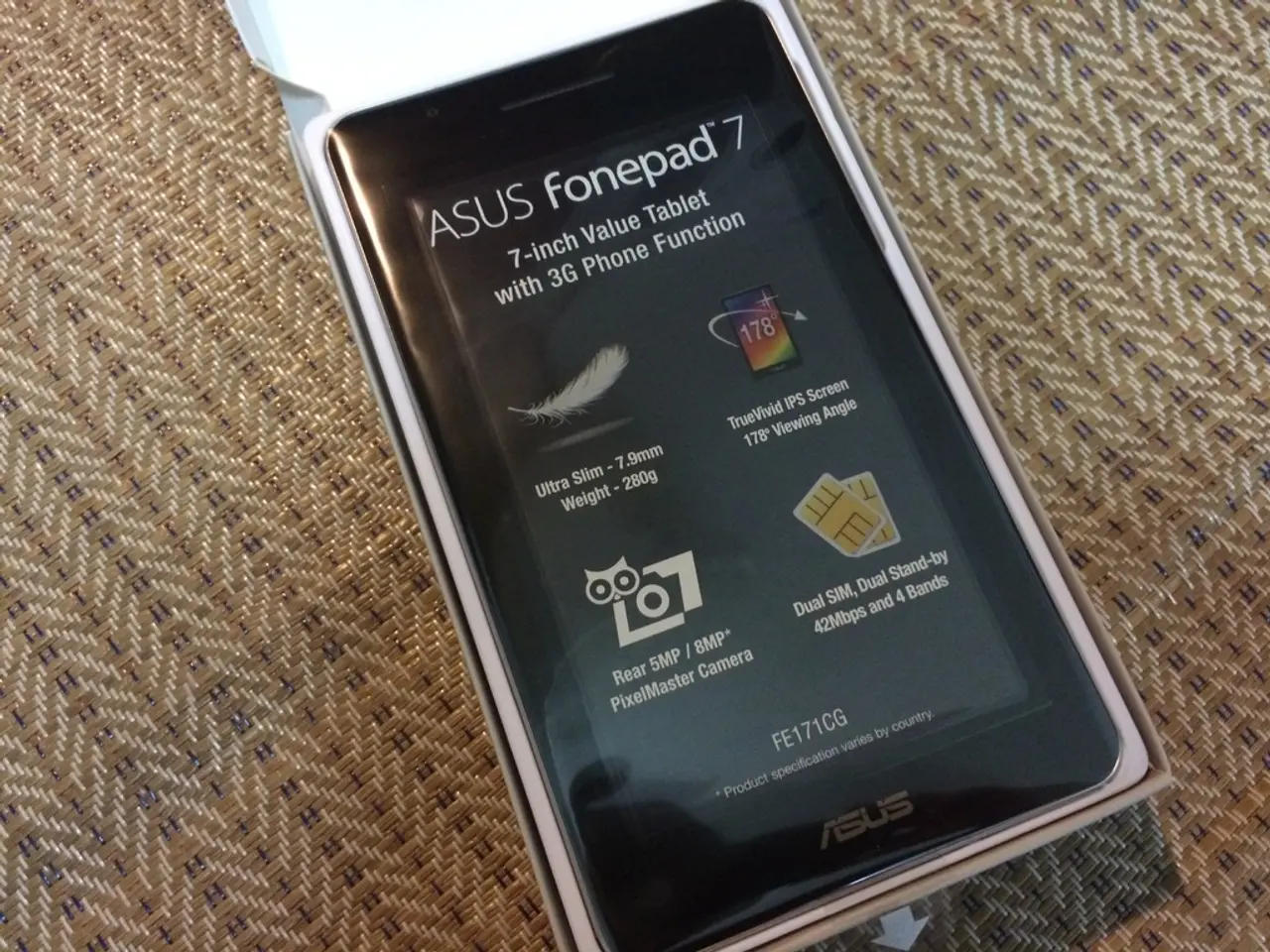Strategies for Optimizing Mobile Designs: Smartphones vs Tablets
In the realm of user experience (UX) design, understanding the distinct differences between smartphones and tablets is crucial. These differences stem primarily from screen size, usage context, and interaction patterns.
User Behavior Differences
Smartphones are often used more frequently but for shorter, on-the-go interactions. Users tend to multitask and rely heavily on notifications and quick access to essential functions. In contrast, tablets support longer sessions focused on content consumption or productivity tasks that benefit from a larger screen and sometimes stylus input.
UX Design Considerations
The smaller screens of smartphones necessitate a focus on essential content, simplified layouts, and large enough touch targets for fingers. Mobile-first design emphasizes stripping away non-essentials and focusing on core features. Tablets, with their larger screens, allow for more complex layouts, multi-column views, and richer content presentation.
Smartphones rely mostly on one-handed touch with gestures like swipes, taps, and pinches, often supporting quick, glanceable notifications and voice commands for hands-free use. Tablets may encourage two-handed use and support pen input and split-screen multitasking.
Performance and battery life also differ between the two devices. Smartphones require efficient performance and battery conservation due to always-on use and smaller batteries, while tablets can host more processor-intensive applications, especially those running desktop-like operating systems.
Additional UX Trends Affecting Both
AI-powered personalization, gesture-based navigation, and voice interfaces are becoming increasingly prominent across both smartphones and tablets. However, their implementation may vary due to screen size differences.
Key Takeaways
Smartphone UX focuses on minimalist, fast, and highly accessible interactions due to frequent short usage in varied contexts. Tablet UX, on the other hand, leverages larger screens for richer, more immersive, and sometimes productivity-oriented experiences. Effective design requires acknowledging these behavioral and contextual differences to optimize content, interaction, and layout accordingly.
Tablets allow for a more immersive user experience due to their larger screens, enabling more interactive visualizations and games. They are more likely to be used in fixed positions such as at home, in the office, or in a cafe, offering a more relaxed user experience compared to smartphones. However, tablets are less mobile and less user-friendly in all spaces compared to smartphones.
Mobile user engagement on tablets tends to be longer compared to smartphones, according to a Forrester Research study from 2014. Smartphones are more mobile, more likely to be used in a variety of locations, and more likely to suffer from distracted use. They are also more personal and thus more likely to be used for social and emotional contexts.
In mobile UX design, it is important to consider the swipe and real-estate advantages that tablets offer over smartphones. Context of use and context awareness are critical in UX design for tablets due to their potential for prolonged use and mobility. Both tablets and smartphones require "fat finger friendly" designs, with a recommended minimum of 44-pixel targets for buttons and icons.
In developed countries, smartphones are rarely the primary access point for users to the internet, while in developing nations they may be. The tablet user experience differs from the smartphone user experience, and it is essential to design with these differences in mind. Tablets are more likely to be shared among family or partners, especially children.
Users may move between phone and tablet, and even over to desktop and back, a concept known as the "hand-off" principle. It is important to consider whether content or an app forces migration to another platform and if it complements device-switching, as device-switching behavior can either be a lost opportunity or a pleasant experience.
Tablets invite "free browsing" of content, as opposed to the more focused experience of scrolling through images and text on mobile. It is important for UX designers to consider the differences in user interaction with smartphones and tablets for effective mobile UX design. A "one size fits all" mobile design approach will leave one mobile platform poorly catered for, and it is necessary to consider how space constraints can enhance tasks on both tablets and smartphones.
- In the realm of UX design, smartphones and tablets dictate unique experiences, with small screens on smartphones necessitating minimalist designs for quick, accessible interactions, while larger tablets allow for richer, immersive, and often productivity-focused designs.
- User behavior significantly varies between smartphones and tablets: smartphones encourage frequent, short sessions of multitasking and quick access, while tablets facilitate longer interactive sessions, mainly consumed for content or productivity tasks.



